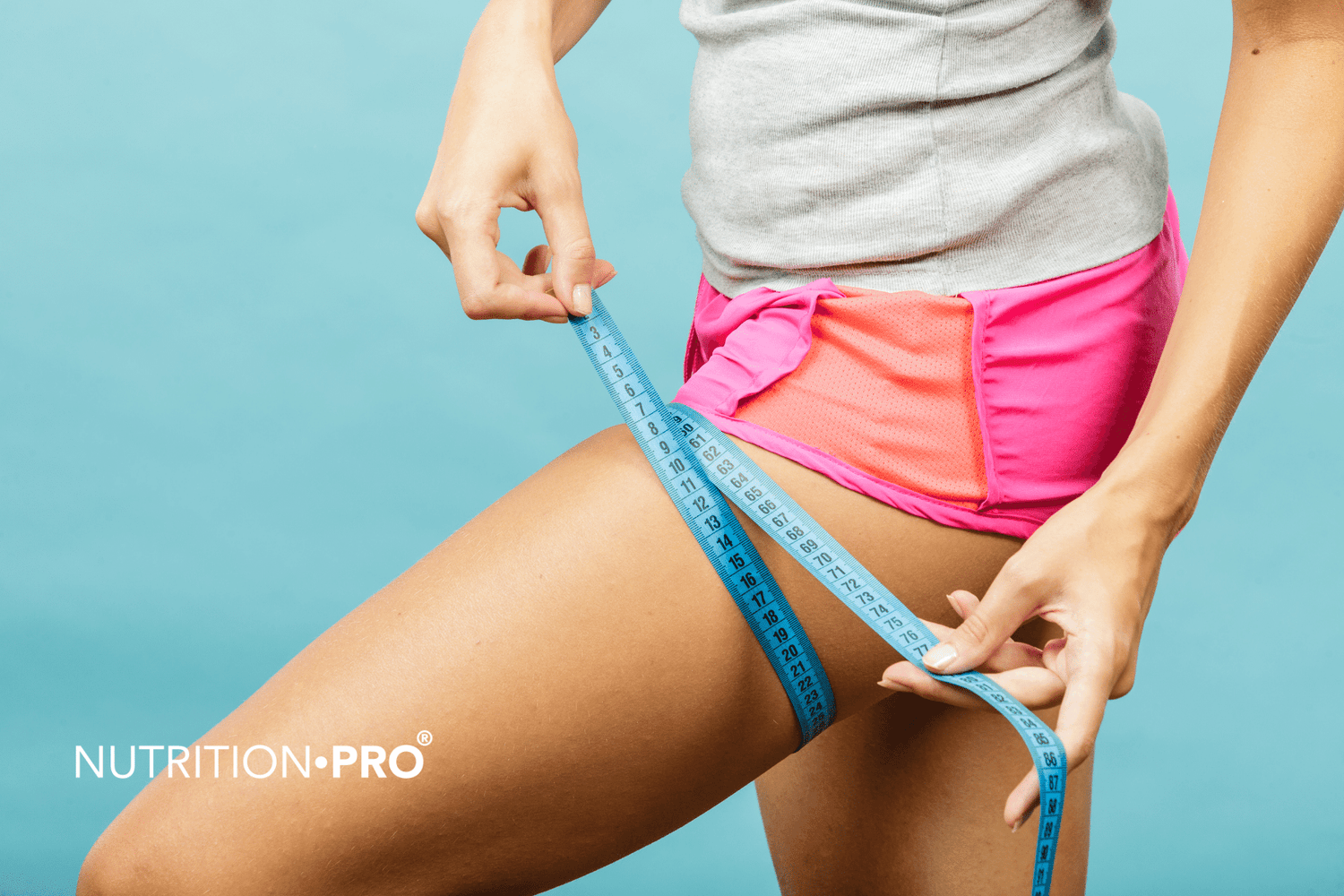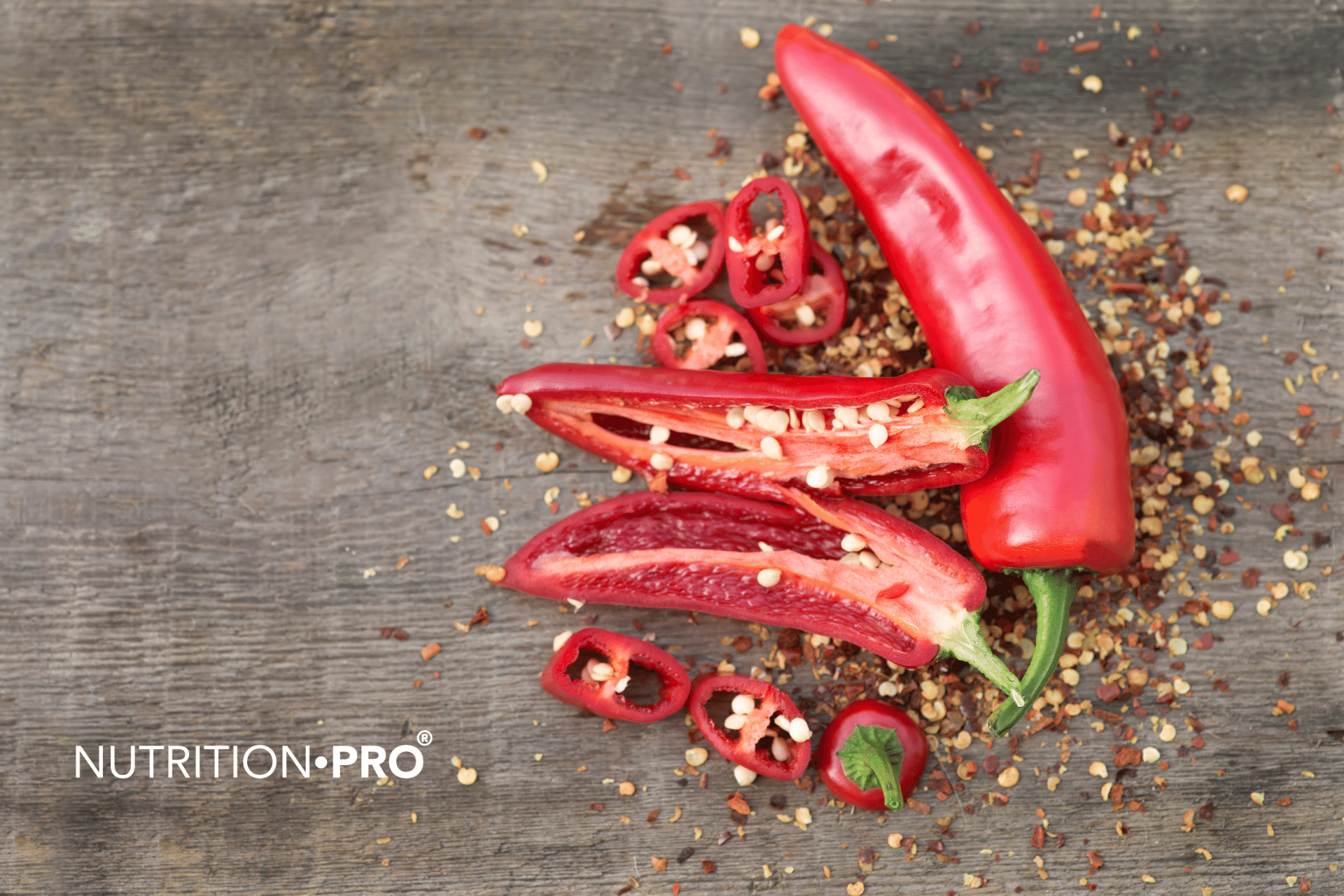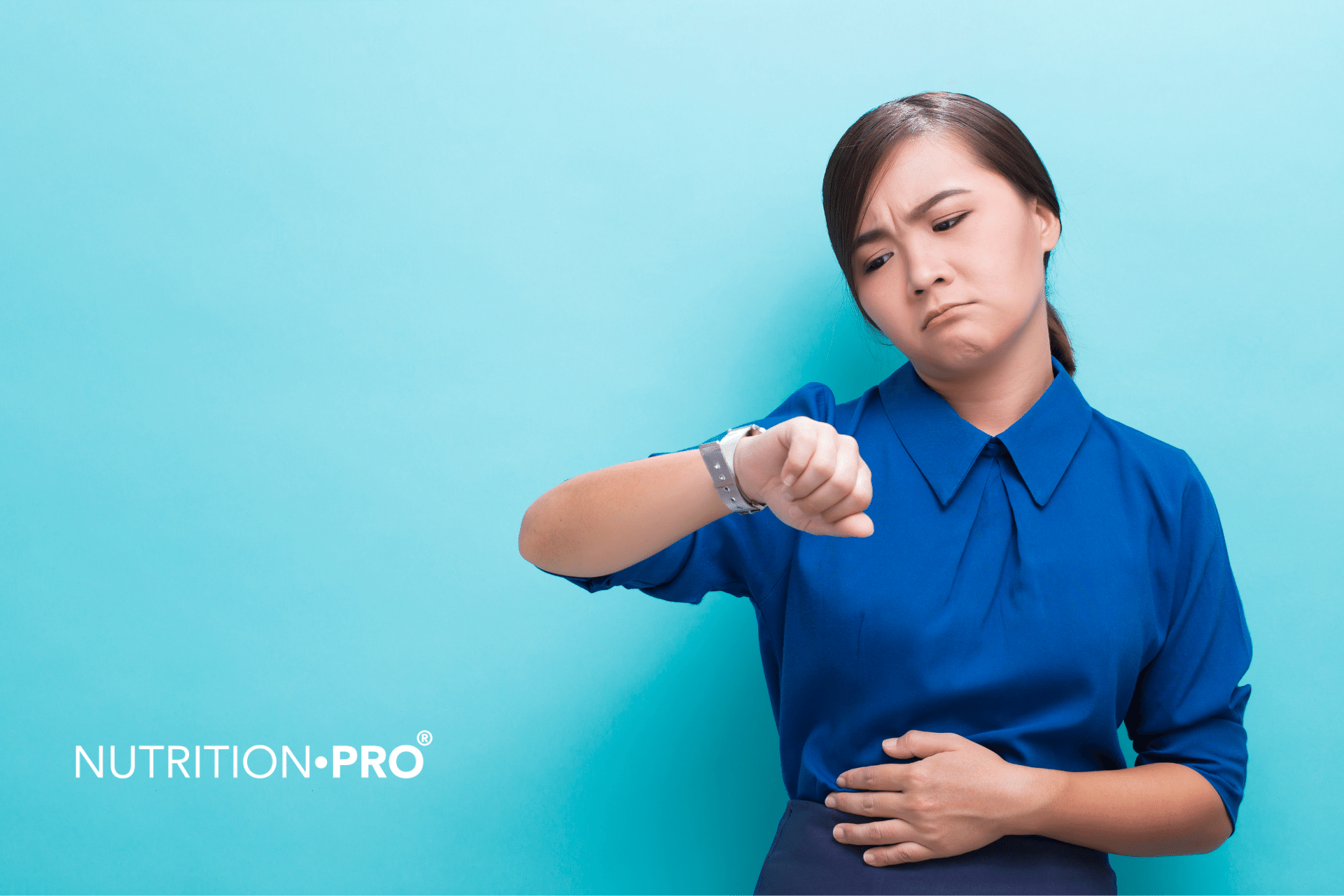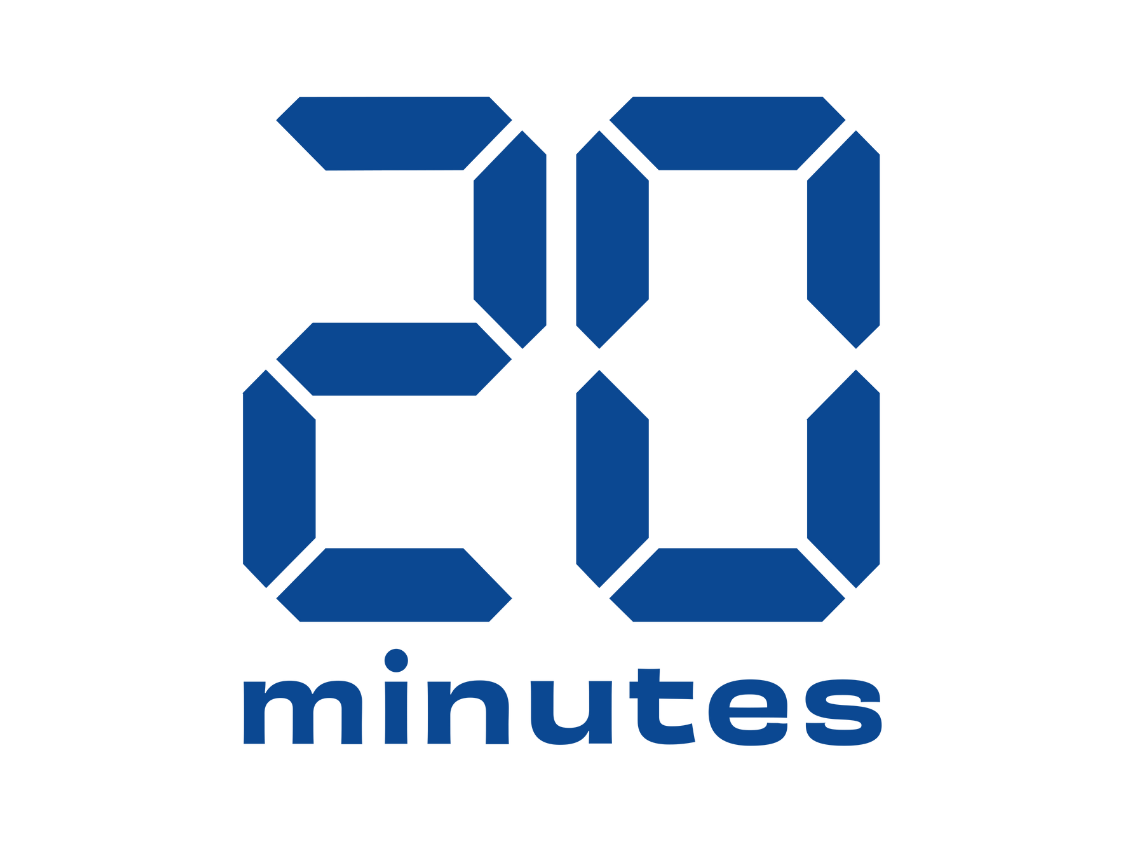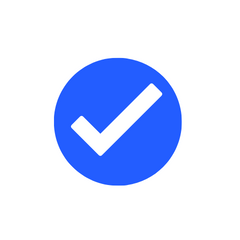Let's start with the basics: the idea of targeting weight loss is a myth .
The fat loss happens everywhere when you lose weight, and you have no control over where or when it will happen first.
You can reduce your overall body fat by eating a healthy diet, taking a natural fat burner supplement, and exercising, but you can't pinpoint a specific part of your body.
Wherever there is fat on your body, it comes off. And we have fat all over our body. Also, for women, fat tends to accumulate in the thigh region more than for men, according to searches .
Here are some key habits to consider to reduce bloating and inflammation and tone your legs while losing weight overall.
1. Watch your salt intake.
Salt allows your body to retain excess water, causing bloating and fluid retention that can affect your entire body, hips and thighs included.
Water follows salt, so the more you consume, the more water is stored instead of being filtered by your kidneys. By reducing your salt intake, you will notice an almost immediate change in the way you feel but also in your clothes.
Most people need 1,500 milligrams of sodium per day (the upper limit is 2,300 milligrams) — but many of us get a lot more . Reduce by limiting processed foods, such as sauces, canned vegetables and soups, which are often high in sodium.
2. Add more electrolytes to your diet.
You saw them in sports drinks , but electrolytes like calcium, magnesium, and potassium are abundant in many healthy foods that might already be in your diet.
All of them - and potassium in particular - compete with salt. The more electrolytes you have, the less salt your body will retain. This helps keep fluid balance stable, so your body flushes out water retention.
Dark leafy greens, yogurt, and bananas are excellent sources of various types of electrolytes.
3. Reduce carbs.
When your body turns carbohydrates into glycogen, they are stored with water in your liver and muscles. This means that the more carbs you eat, the more water your body stores. This is why many people find that they lose a few pounds immediately with a low carbohydrate diet .
It is recommended to consume at least 75 to 100 grams of carbohydrates per day, although some people may need a little more depending on their height, weight and activity level.
Don't skip whole grains altogether, as they're a great source of heart-healthy, heart-healthy fiber, as well as folate, iron, magnesium, antioxidants, and phytonutrients. If you are unsure of your correct carbohydrate choice, consult a nutritionist.
4. Take a natural fat burner.
A fat burner supplement will effectively help to destock your superfluous fats, coupled with a healthy diet and physical activity, the results will be of impressive benefits.
5. Always have a bottle of water with you.
It seems counterintuitive, but the less water you drink, the more your body clings to it. Drinking plenty of water flushes out excess salt and fluids your body doesn't need, reducing bloating.
It also helps reduce your appetite, as dehydration mimics hunger. It is suggested to drink two to three liters a day - on the upper end if you're exercising or it's hot outside.
6. Avoid alcohol.
A few drinks can sneakily add a lot of calories to your daily intake. Whether you opt for a light beer or a mixed drink, they can easily add up to at least 100 to 110 calories per drink .
The foods you choose to eat while under the influence are usually not optimal either. In fact, a study of the magazine appetite for revealed that moderate drinkers were 24% more likely to order something salty like salty fries, which may be the only edible item at your local bar, after drinking.
And it's not just the quality of the food that affects your weight, but the amount you eat, especially if you haven't started the evening with a hearty meal.
Thus, limiting the amount and frequency of alcohol consumption can help you achieve your weight loss goals .
7. Add cardio to your program.
aerobic exercise is another way to get rid of excess salt and fluids.
Plus, any activity that gets your heart rate up is also your best bet for burning calories and burning body fat, including on your hips and thighs. The higher your calorie consumption, the larger the calorie deficit you can create and the more likely you are to lose weight and reduce fat all over.
Remember: you need to stay hydrated. Try drinking more water per hour of intense exercise and eating extra foods with electrolytes if you're working out at the gym for longer than an hour.
8. Try to track your meals.
Following a food plan helps you stay on track and structure your diet when trying to lose body fat .
Keeping an eye on your diet also means planning your meals in advance as often as possible. It can be difficult to stay on track, so planning your meals is sure to help.
9. Eat more fiber and protein.
Consume fiber at every meal and protein to boost weight loss is a great idea because both macronutrients you help you stay full with fewer calories.
Protein , in particular, is essential for building the lean muscle that will keep your legs looking great. A total of 25-35 grams of fiber and 75-100 grams of protein per day from vegetables, fruits, whole grains, and lean meats is considered sufficient.
10. Train and strengthen your thighs.
Although you cannot reduce thigh fat, you can train your muscles to be stronger and more toned.
Focus on your inner and outer thighs with side lunges and band side leg raises; and isolate your hamstrings with deadlifts, reverse leg curls.
Choose your favorite exercises from each group and perform each for eight to 12 reps at your maximum weight for a total of three to four sets. Ideally, try to practice two days of leg training each week, mixing multi-muscle compound movements (think squats and lunges) with more targeted exercises (like bridges and hamstring curls).
11. Do squats one day and lunges the next.
Yes, you can work your thighs to build muscle and strength, but you don't have to do all the exercises at once.
The most important thing to do is to vary your movements. Different exercises can challenge a muscle group in a different way.
A few examples: Add front squats to your routine and you target your quads, while back squats work your glutes and hamstrings more. Focus on single-leg movements (like lunges and split squats) and your stability muscles, including your inner and outer thighs.
12. Don't forget about HIIT exercises.
Combine weight training and cardio with HIIT will help you burn extra calories and create a calorie deficit, which is necessary to lose fat.
It also helps increase resting energy burn and improve performance, so you can perform higher efforts and intensities, and be able to sustain it for longer.
This mix of strength and interval work leads to even higher calorie consumption, without having to exercise more.
13. Find ways to relax and recuperate.
Stress can cause your body to produce hormones like cortisol, which cause the body to store fat , you can't get rid of stress completely, but you should find your own personal methods to help minimize it.
Need ideas? Try to schedule time away from work and/or your phone, taking walks, practice meditation and of self-care , such as reading, getting a massage, or talking to a friend who helps you relax.
14. Make sleep a priority.
Not getting enough sleep can cause you to make unhealthy food choices. It is recommended to sleep at least seven hours a night.
When you don't sleep well, you increase your appetite. The next day, you are hungrier, and usually you are drawn to carbohydrates and fats. When you're tired, your body wants to eat processed carbs and sugar to stay awake.
Going through a full sleep cycle every night also promotes calorie burning. REM sleep burns a lot of calories,
When you don't sleep well, you store more energy as fat as you become more insulin resistant, and these higher insulin levels promote fat storage.

